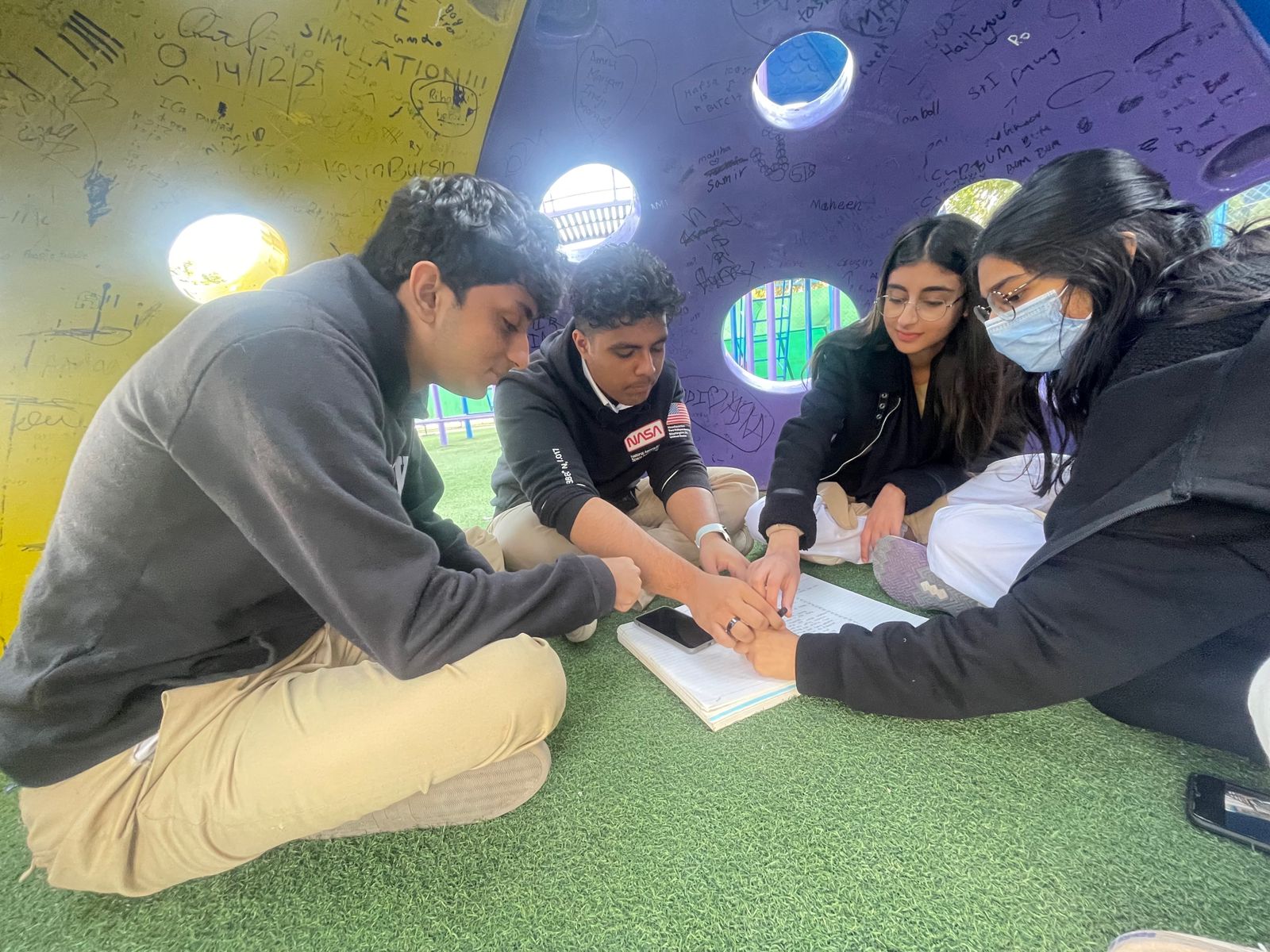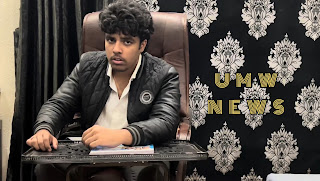Zodiac (2007)
David Fincher’s Zodiac (2007) stands out as a remarkable example of cinematography and direction, creating a tense, immersive experience that significantly shapes my filmmaking approach. The film’s visual style, developed by cinematographer Harris Savides, employs a muted color palette, natural lighting, and digital precision to draw viewers into the gritty atmosphere of 1970s San Francisco. The long takes and slow zooms contribute to an eerie, methodical vibe, reflecting the obsessive pursuit of the Zodiac Killer.
One of the most notable elements is Fincher’s framing and composition. Many scenes are captured in wide angles, with characters appearing small against their surroundings, highlighting their isolation and helplessness. The notorious lakeside murder scene is especially powerful—shot in broad daylight, it breaks horror norms, making the violence feel disturbingly authentic. This technique encourages me to explore unconventional settings in my own project, demonstrating that fear can exist outside of darkness.
Fincher’s direction also emphasizes procedural realism, utilizing minimalistic yet unsettling camerawork. His signature CGI enhances subtle period details and smooth transitions, adding to the film’s authenticity without detracting from the story. The pacing, slow yet relentless, keeps the audience engaged while mirroring the frustration of the real-life case.
The film heavily inspires our team for the project "The 100th Victim"
As an A-Level media student, Zodiac has transformed my perception of suspense. For my film opening, I intend to incorporate Fincher’s controlled camera movements, muted colors, and ominous stillness to create a sense of unease. The film illustrates that tension isn’t reliant on quick cuts or excessive action—it’s about precision, patience, and atmosphere.



Comments
Post a Comment